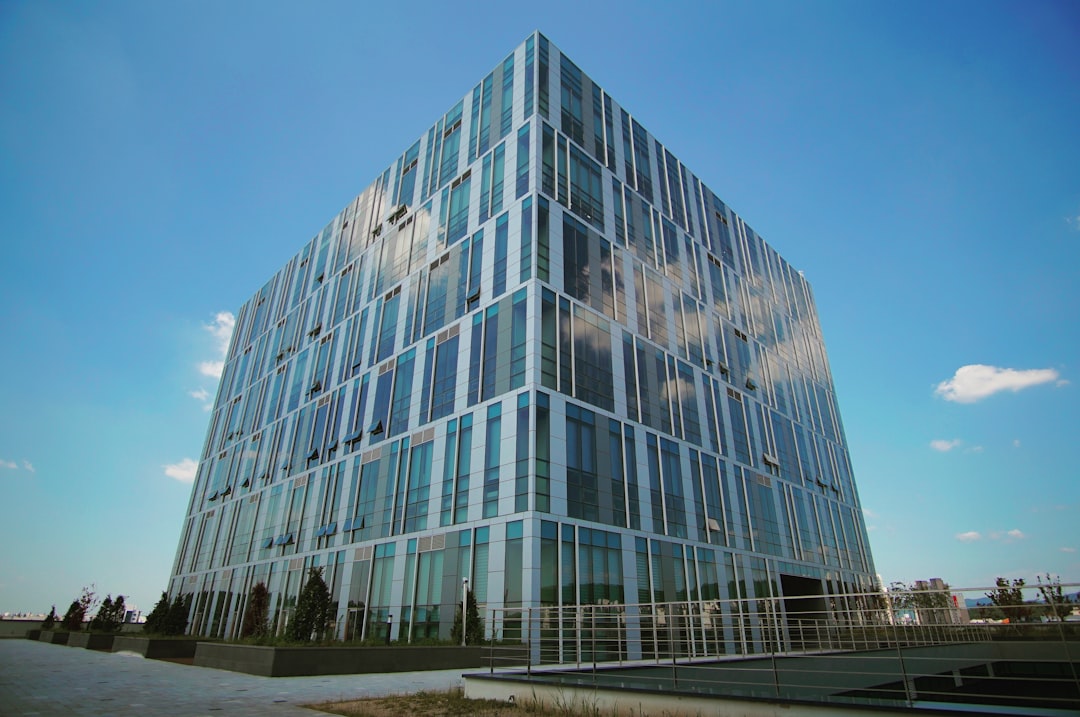Commercial Real Estate Financing Terms
Collar: A floating rate that includes both an interest rate cap and a floor. This structure is designed to manage the variability of the loan's interest rate. The interest rate caps and floors come at an additional cost, and allow both the lender and borrower to manage their exposure to interest rate fluctuations in a way that suits their respective preferences and risk tolerances.
Construction Financing: Financing utilized to build multifamily, office complexes, shopping malls, and other commercial properties. Typically the loan is 18 to 36 months long, may have additional extensions, and generally is interest only. Construction loans can have floating interest rates, construction with permanent financing together, and may have a fixed interest rate.
is a financial tool used to assess a borrower's ability to meet the debt obligations of a new loan. It measures the borrower's cash flow available to cover its debt payments, including principal and interest.
Calculation
NOI / Debt Service = DSCR
100000 / 80000 = 1.25
A higher DSCR indicates a greater ability to service debt, reassuring lenders and investors about the borrower's financial stability and repayment capacity.
Alternatively, the term used may be Debt Coverage Ratio (DCR) Or Debt Service Ratio (DSR)
Exit Fee: An unavoidable prepayment penalty owed to a commercial real estate lender upon loan repayment. An exit fee increases lender returns without increasing a borrower's interest rate or asking for additional points, which would decrease the borrower's loan proceeds.
Indicative Rate: Sometimes called a soft quote, is an estimate of the interest rate offered to potential borrowers or investors for financing commercial real estate projects. It is not a final offer but serves as an initial approximation of the interest rate that may be applied to the loan or financing arrangement
.
Interest Rate Floor: Commonly used by lenders to mitigate the risk of decreasing interest rates, especially when they have floating-rate debt or investments tied to variable interest rates. An interest rate floor can limit a lender's exposure to interest rate fluctuations and ensure a minimum level of interest income.
Interest Rate Ceiling: A limit or maximum cap set on an interest rate. It establishes an upper boundary beyond which the interest rate cannot go, regardless of market conditions or other factors.
Loan Constant: (Mortgage Constant) is a financial metric used to calculate the fixed annual payment required to service a loan, expressed as a percentage of the total loan amount. It considers both the principal and interest payments and remains constant throughout the loan term, providing a valuable tool for comparing and analyzing different loan options. The loan constant helps borrowers and lenders assess a loan's affordability and financial viability and determine its potential cash flow obligations.
Calculation
Debt Yield = NOI / Loan Amount
Loan-to-Cost (LTC):A ratio used in real estate construction financing to represent the portion of the total project cost that is financed by a loan. It is calculated by dividing the loan amount by the total cost of acquiring, developing, and improving a property, usually expressed as a percentage.
Loan Amount / acquiring, developing, and improving a property = LTC
Loan-to-Value (LTV): A ratio of the loan amount to the appraised value or purchase price of an asset, expressed as a percentage. It measures the financial leverage in a transaction and assesses the extent to which a borrower's loan is supported by the underlying asset's value.
Mezzanine Financing: a financing tool used during an equity shortfall . Commercial real estate mezzanine financing sits between equity and senior debt in the capital stack. it may or may not be secured by the commercial property. It is more expensive than traditional debt but less expensive than equity. Mezzanine loans are subordinate to senior debt but receive priority over common equity.
Subordinated Debt: A type of debt ranked below senior debt in the capital structure. This type of debt has a lower priority of repayment and comes with a higher risk level. To compensate Debt providers for this increased risk, subordinated debt holders are offered higher interest rates.
Most Common Types of Commercial Real Estate
Office buildings: These are typically multi-story buildings used for conducting business, such as professional services, corporate offices, and government agencies.
Retail spaces: This category includes shopping centers, malls, standalone stores, and other commercial spaces used for retail sales.
Industrial spaces: These are properties used for manufacturing, storage, distribution, and other industrial purposes, including warehouses and manufacturing facilities.
Multifamily properties: These include apartment buildings, townhouses, and other properties that are used for residential purposes and have multiple units.
Hospitality properties: These include hotels, motels, resorts, and other properties used for short-term lodging.
Healthcare properties include medical offices, hospitals, and other properties used for healthcare services.
Mixed-use properties: These are properties that combine two or more different uses, such as a building with retail space on the ground floor and residential units on the upper floors.









